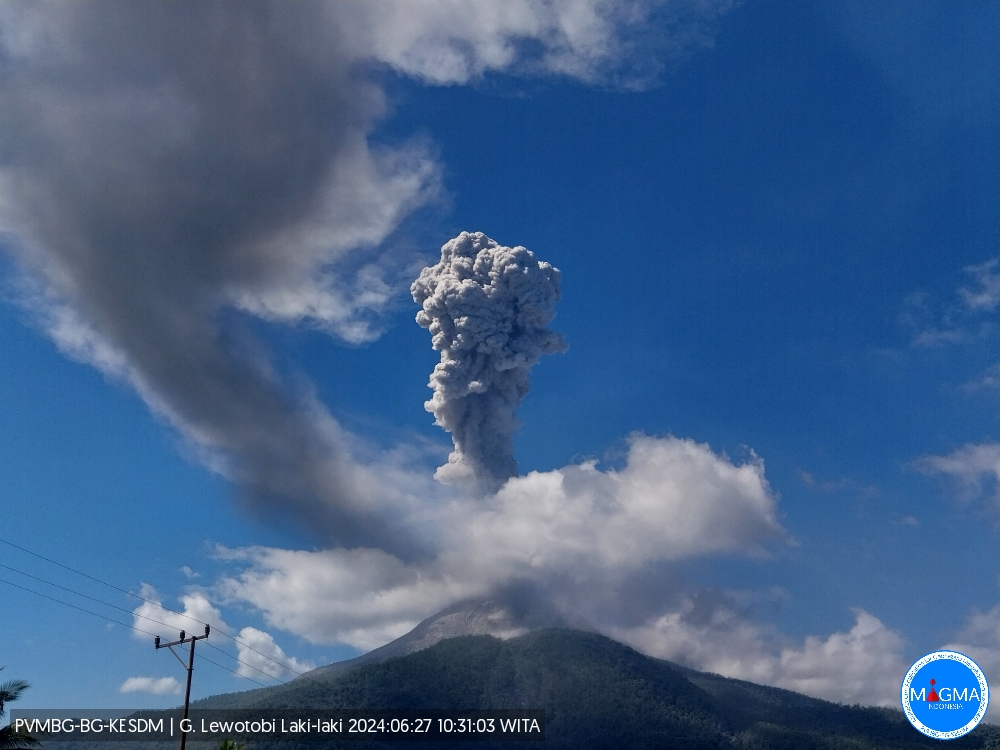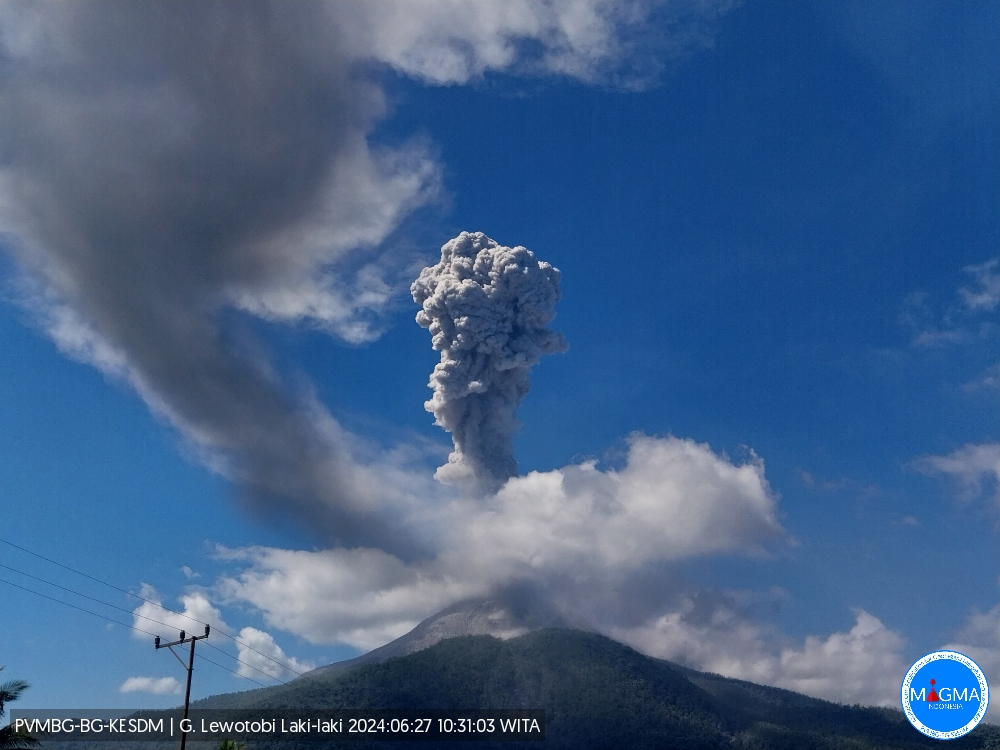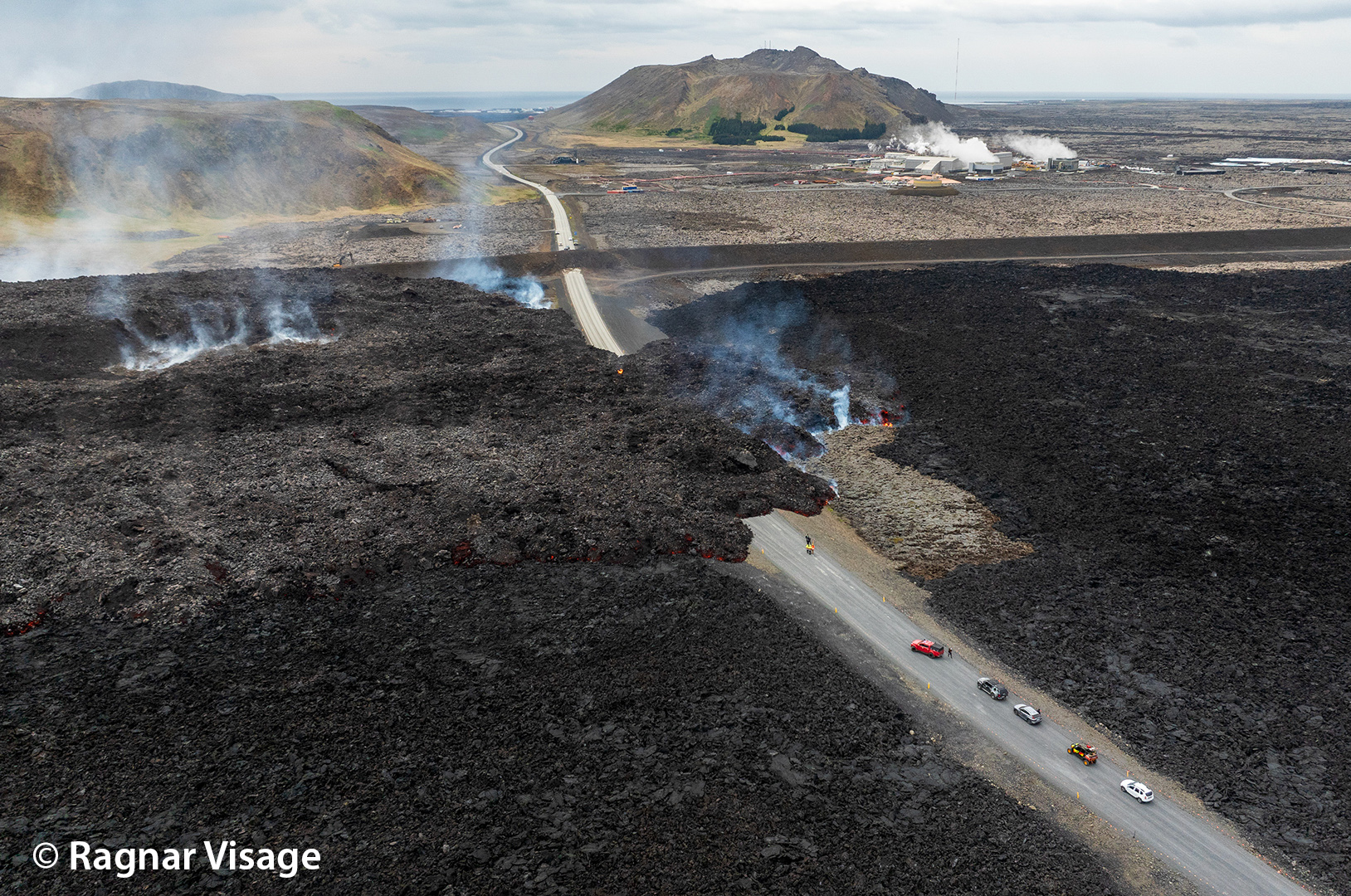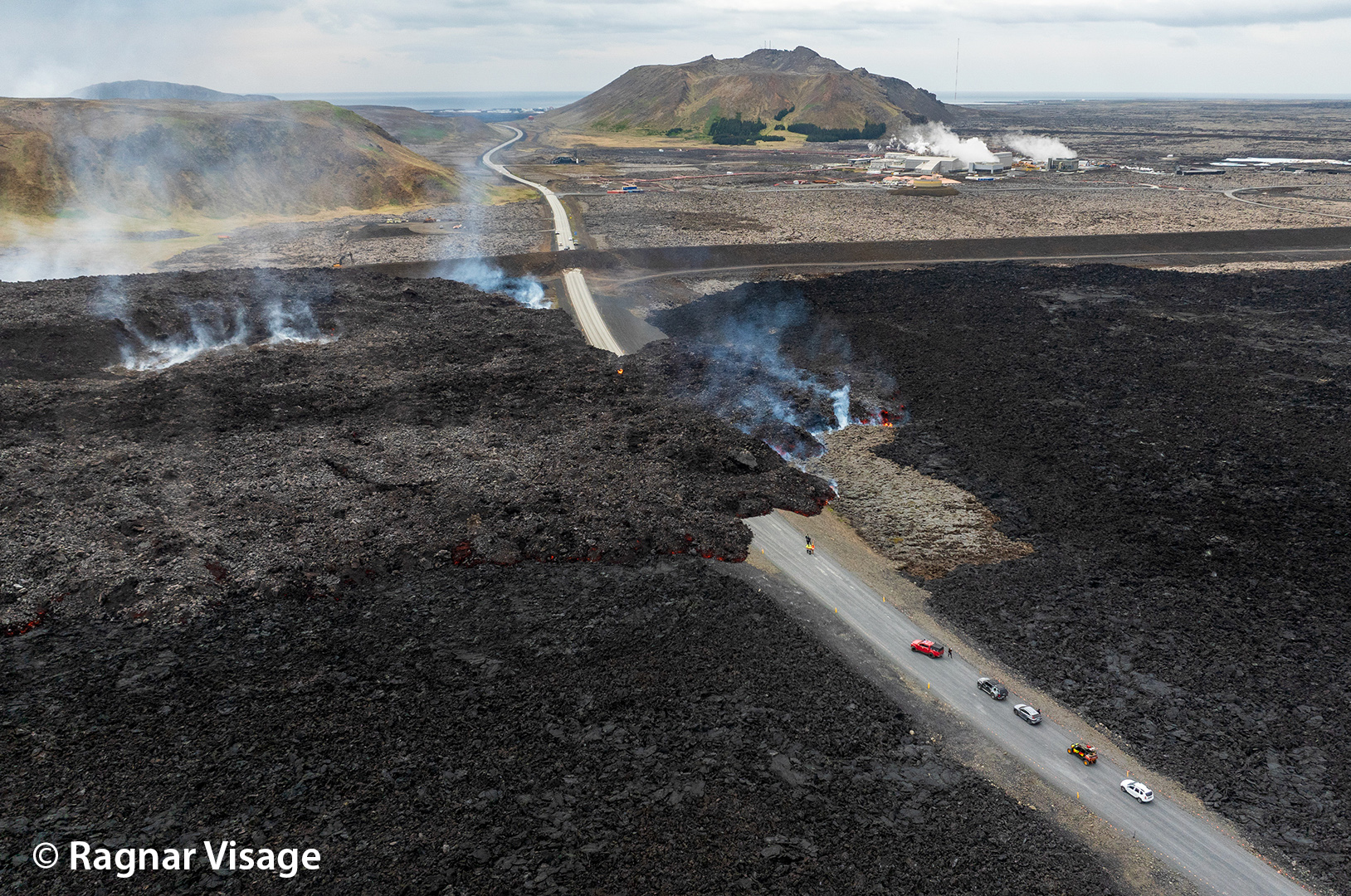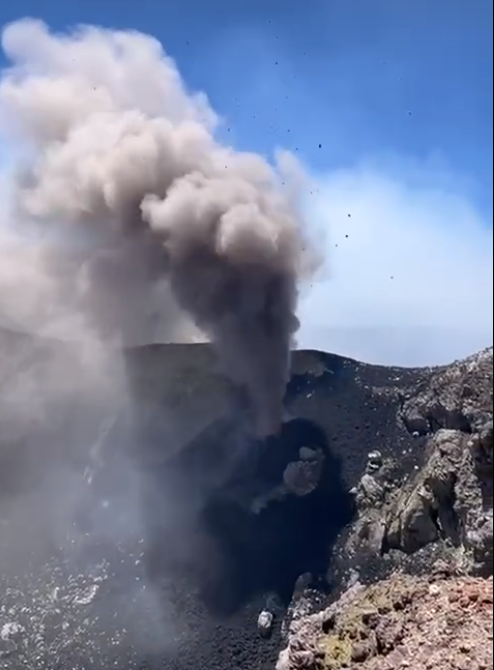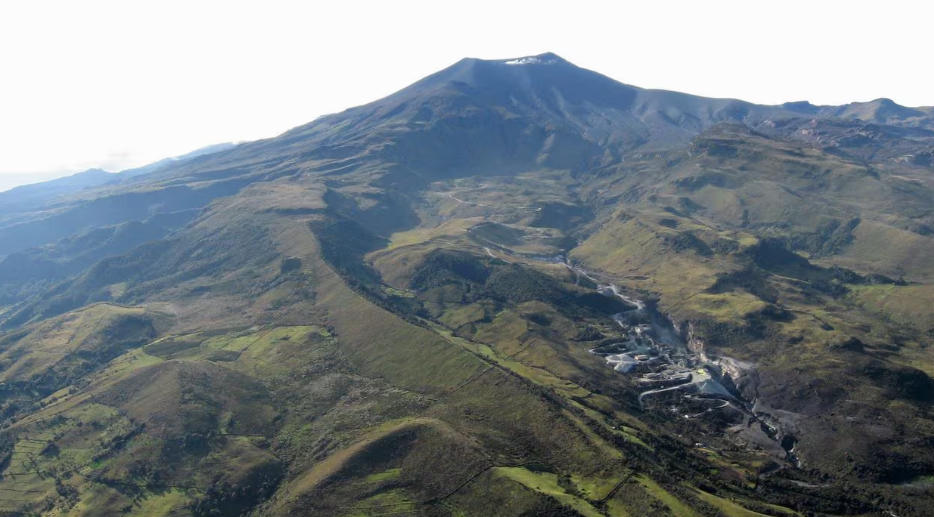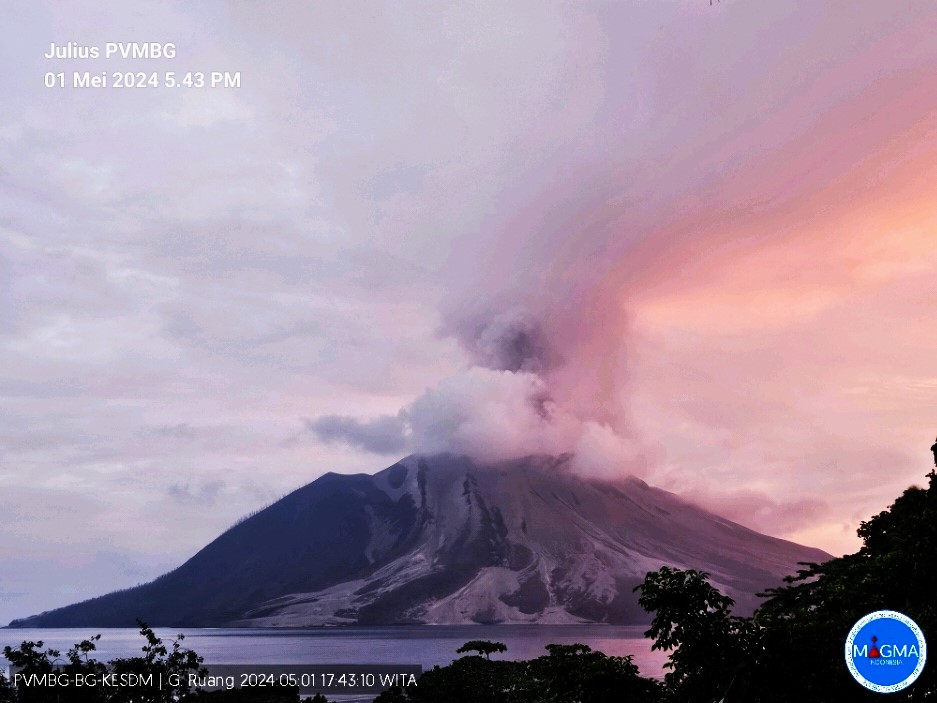June 27, 2024. EN . Indonesia : Lewotobi Laki-laki , Italy / Sicily : Etna , Tonga Archipelago : Home Reef , Japan : Sakurajima , Democratic Republic of Congo : Nyiragongo .
June 27 , 2024. Indonesia , Lewotobi Laki-laki : An eruption of Mount Lewotobi Laki - Laki occurred on Thursday June 27, 2024, at 10:27 a.m. WITA with the…

